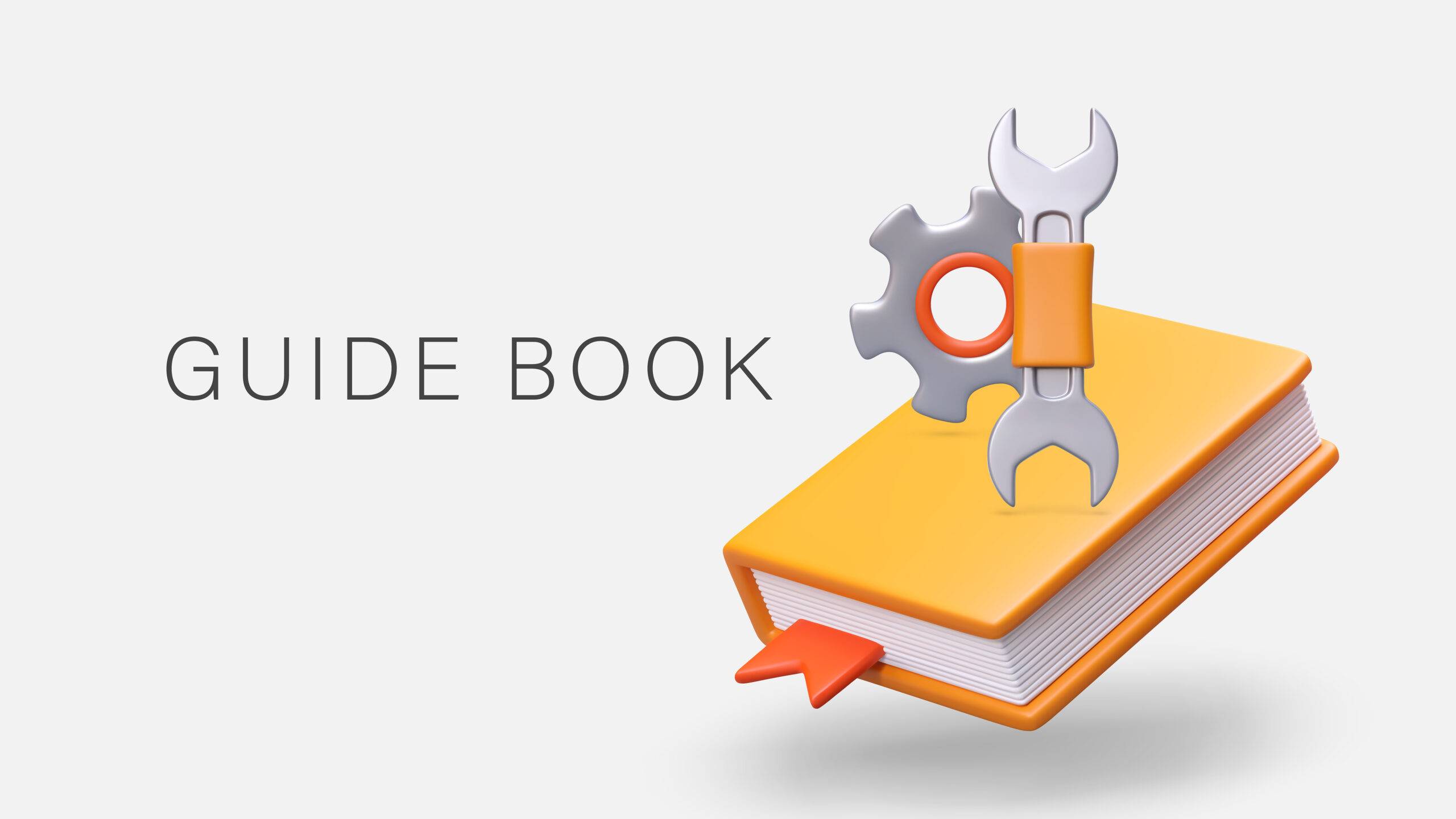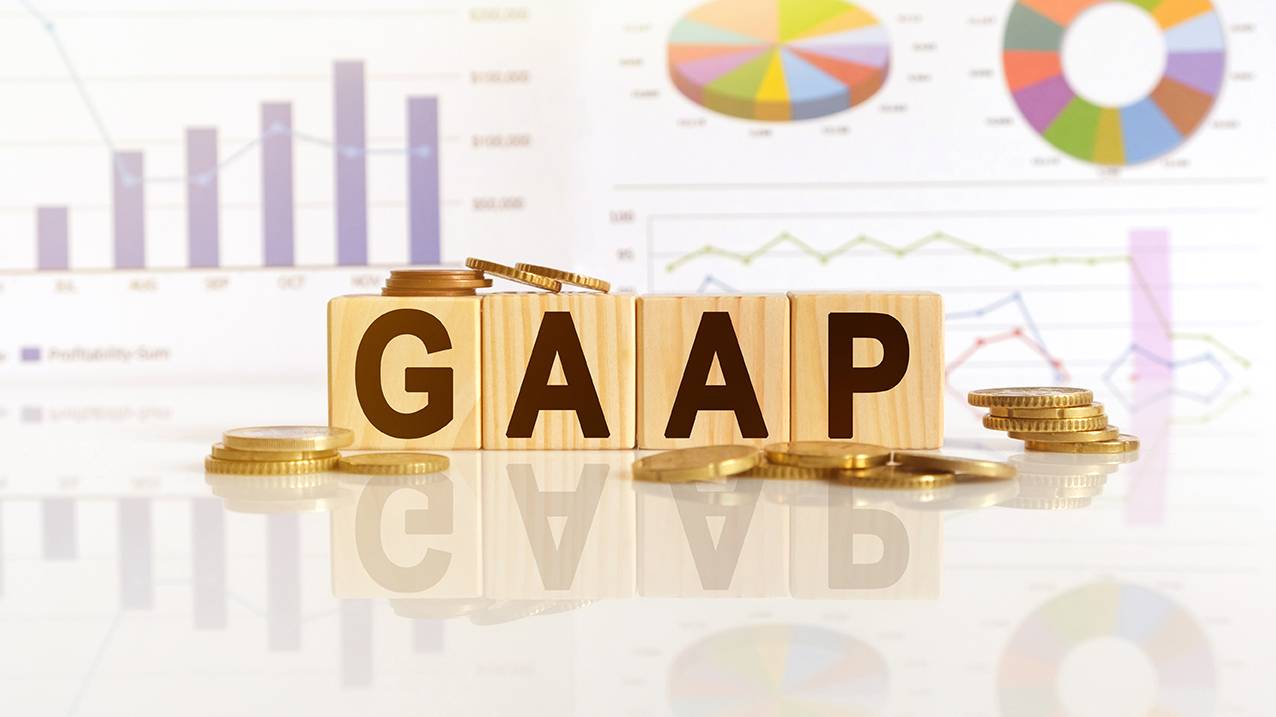Self-Study
The Balance Sheet
Learn balance sheet preparation for asset and liability classification, equity presentation, retained earnings, and financial ratio analysis for accurate business reporting.

$58.00 – $78.00
Webcasts are available for viewing Monday – Saturday, 8am – 8pm ET.
Without FlexCast, you must start with enough time to finish. (1 Hr/Credit)
Please fill out the form below and we will reach out as soon as possible.
CPE Credits
2 Credits: Accounting
Course Level
Overview
Format
Self-Study
Course Description
Before The Balance Sheet, the preparation of a balance sheet might appear as a routine task, yet its complexity in conveying a business’s financial position is often underestimated. This accounting balance sheet CPE course acts as a bridge, leading from a basic understanding of balance sheet preparation to a comprehensive mastery of its nuances. After completing the course, participants will have transitioned from general knowledge to an in-depth understanding of various balance sheet formats, asset classifications, and liability types. The balance sheet accounting CPE course covers the detailed preparation process, including the categorization of current and long-term assets and liabilities, and the proper presentation of equity line items. This CPA accounting CPE course also delves into the structure of the statement of retained earnings and the applicability of balance sheet ratios. This transformation is essential for accountants, enhancing their ability to prepare detailed and informative balance sheets, thereby providing a clear and accurate picture of a business’s financial standing.
Learning Objectives
Upon successful completion of this course, participants will be able to:
Chapter 1
- Identify which assets are usually classified as current or long-term on the balance sheet.
- Note which liabilities are usually classified a current or long-term on the balance sheet.
- Recognize the steps required to manually construct a balance sheet.
Chapter 2
- Note the types of assets that can be classified into each of the major asset categories.
Chapter 3
- Recognize the different types of liabilities that may appear on the balance sheet.
- Cite the decision points related to how a loan should be classified if the lender can call the loan.
Chapter 4
- Describe the proper presentation of each equity line item on the balance sheet.
Chapter 5
- Describe the structure of the statement of retained earnings.
Chapter 6
- Note the instances in which different balance sheet ratios may apply to a business.
Course Specifics
1183473
January 12, 2024
There are no prerequisites.
None
Compliance Information
CMA Notice: Western CPE makes every attempt to maintain our CMA CPE library, to ensure a course meets your continuing education requirements please visit Insitute of Management Accountants (IMA)
CFP Notice: Not all courses that qualify for CFP® credit are registered by Western CPE. If a course does not have a CFP registration number in the compliance section, the continuing education will need to be individually reported with the CFP Board. For more information on the reporting process, required documentation, processing fee, etc., contact the CFP Board. CFP Professionals must take each course in it’s entirety, the CFP Board DOES NOT accept partial credits for courses.
Meet The Experts

Steven M. Bragg, CPA, is a full-time book and course author who has written more than 300 business books and courses. He provides Western CPE with self-study courses in the areas of accounting and finance, with an emphasis on the practical application of accounting standards and management techniques. A sampling of his courses include the The New Controller Guidebook, The GAAP Guidebook, Accountants’ Guidebook, and Closing the Books: An Accountant’s Guide. He also manages the Accounting Best Practices podcast. Steven has been the CFO or controller of both public and private companies and has been a consulting manager with Ernst & Young and …
Related Courses
-
 Accounting
Accounting
Accountants’ Guidebook
Steven M. Bragg, CPA QAS Self-Study
Credits: 30 $600.00
QAS Self-Study
Credits: 30 $600.00$600.00 – $640.00
-
 Accounting
Accounting
Accounting Fraud: Recent Cases
Joseph Helstrom, CPA QAS Self-Study
Credits: 1 $29.00
QAS Self-Study
Credits: 1 $29.00$29.00 – $49.00
-
 Accounting
Accounting
GAAP Guidebook
Steven M. Bragg, CPA QAS Self-Study
Credits: 29 $580.00
QAS Self-Study
Credits: 29 $580.00$580.00 – $620.00
